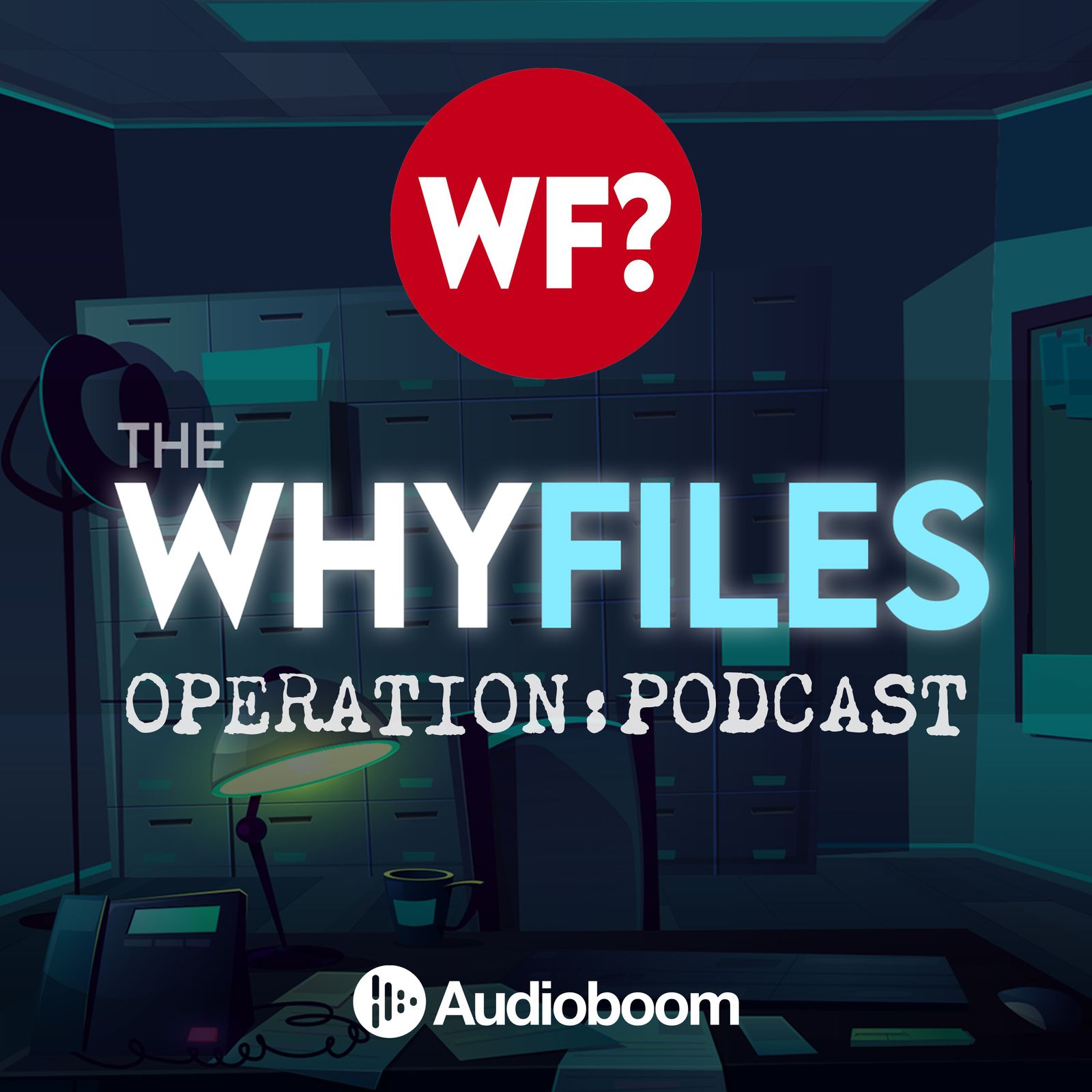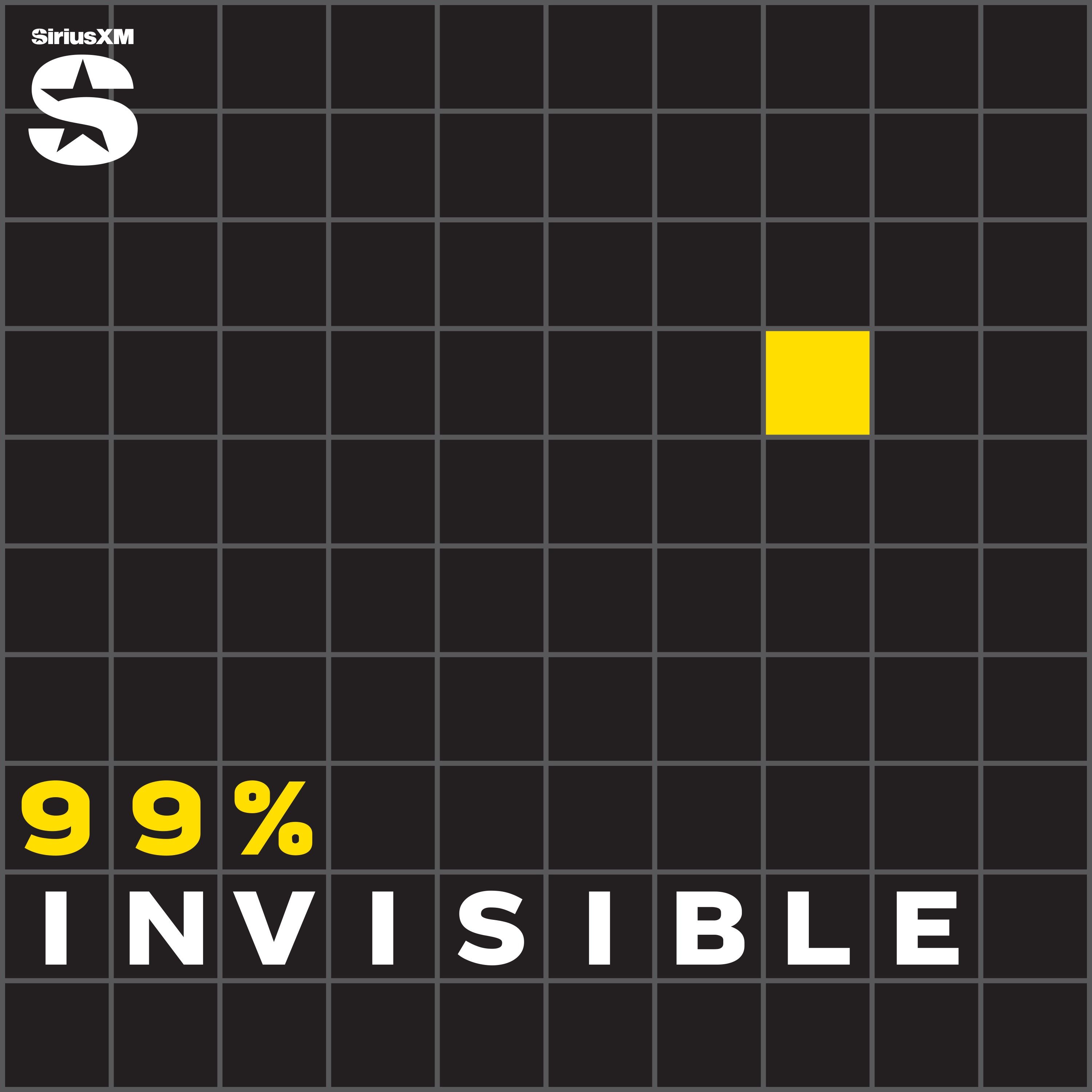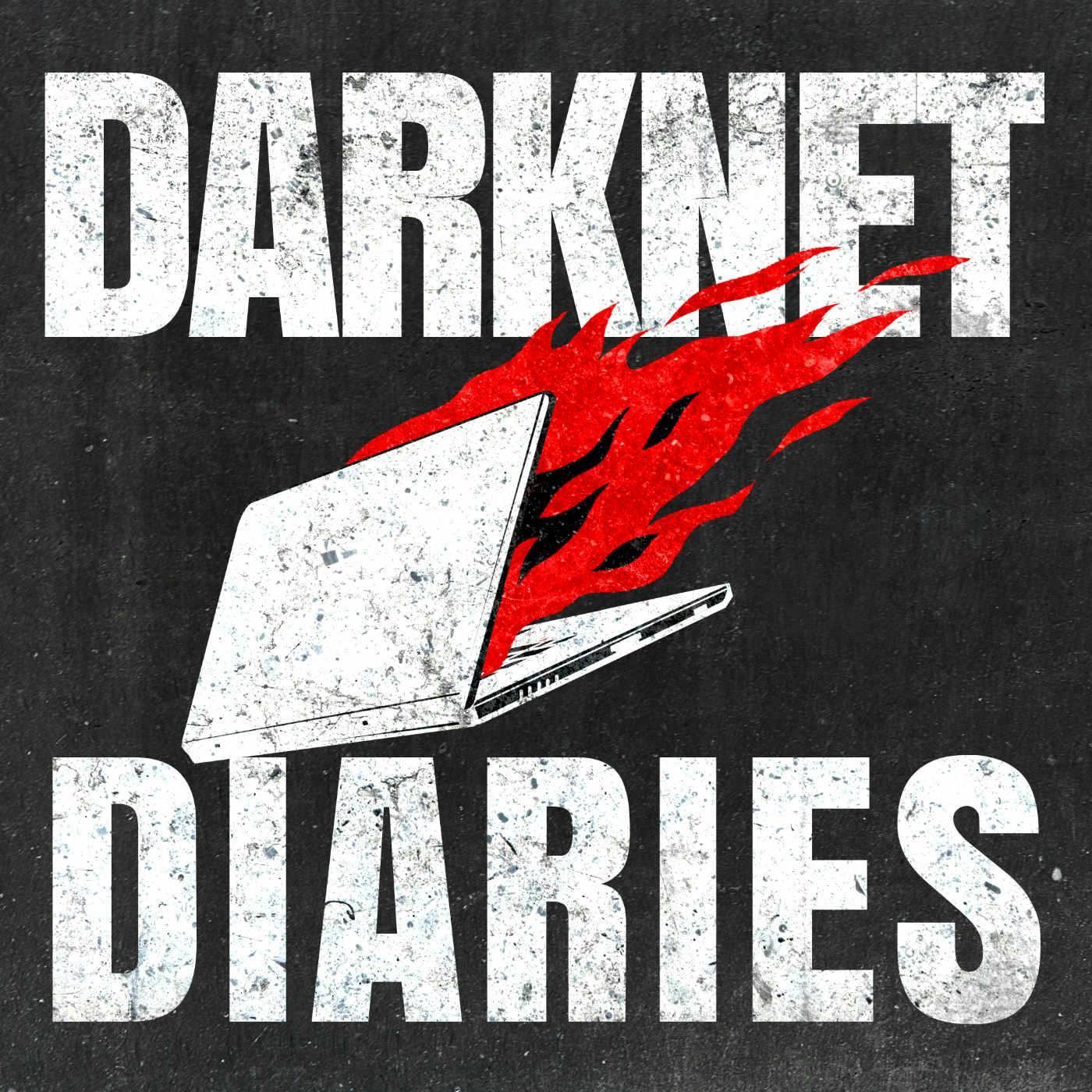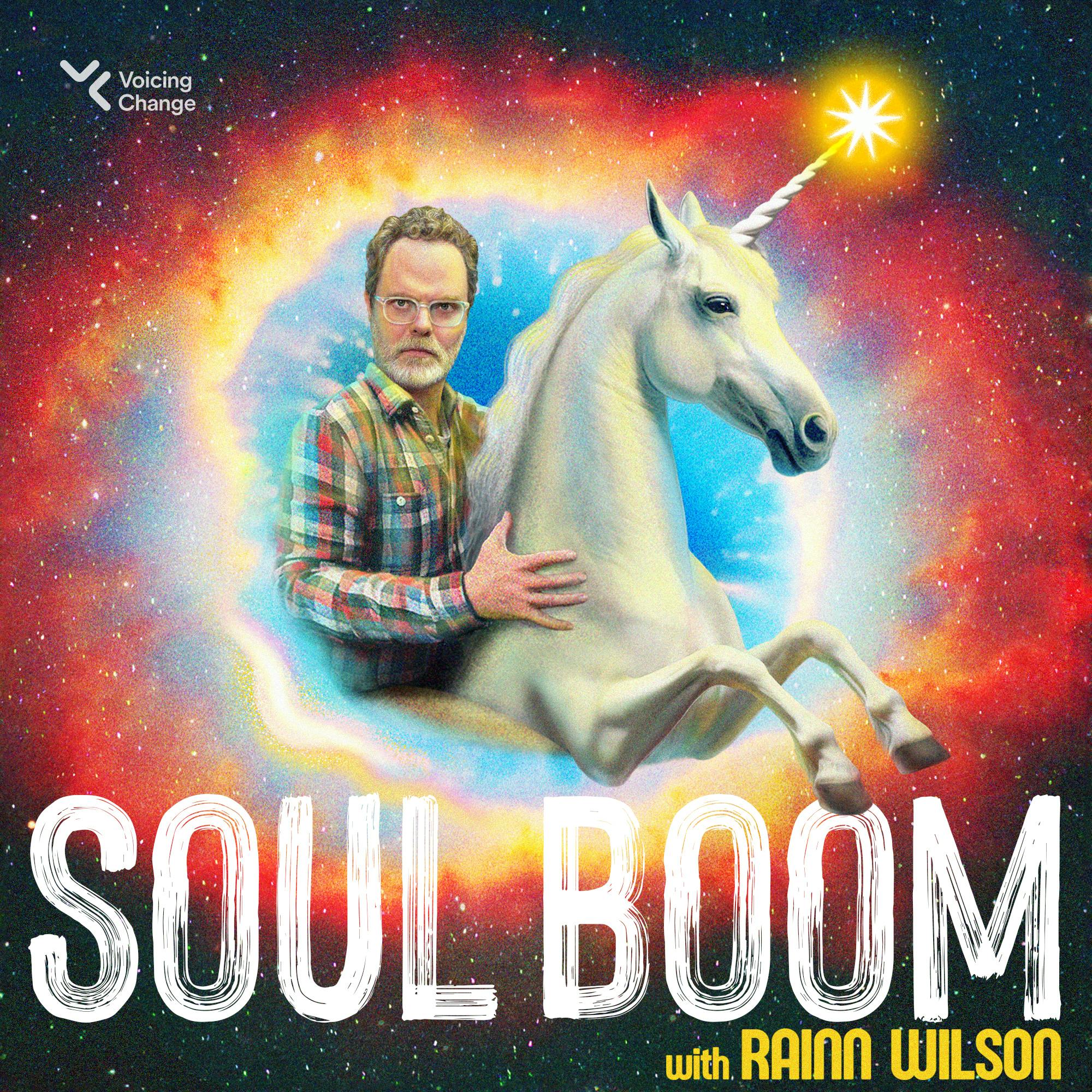
Fully Modulated
I’m Tyler, and I’ve been fascinated by radio since getting my first AM/FM radio as a kid. On Fully Modulated, I dive into the history of radio and television, exploring the stories behind the medium and taking you behind the scenes to see how it all works.
From vintage broadcasts to modern digital signals, we break down the technology and uncover the forgotten moments that shaped how we communicate and entertain. Whether it’s the science of transmission or the creative chaos of production studios, I make the complex stuff easy to understand.
This is an independent podcast, not affiliated with any radio station, television network, or media company.
Tune in for the stories that keep us all fully modulated.
Fully Modulated
From Engineers to Babysitters: How Corporate Consolidation Transformed Broadcast Technology
Send me a text message with your thoughts, questions, or feedback
Remember when your local TV station actually felt local? When engineers knew every inch of the equipment and could fix problems with a screwdriver instead of a help desk ticket? Those days are rapidly disappearing as corporate consolidation reshapes the broadcast landscape.
The quiet revolution in local television has transformed independent stations into remote outposts of massive media conglomerates. Since 1995, we've witnessed a 40% drop in companies owning local stations while giants like Nexstar and Sinclair now control hundreds of stations across the country. This isn't just changing what viewers see – it's fundamentally altering how broadcast engineers work and what "local" television actually means.
Today's broadcast engineers face a radically different reality. Instead of maintaining equipment they can touch, they're managing playout servers across multiple states, troubleshooting automation systems via VPN, and hoping their remote connections don't fail during breaking news. As legendary consultant Fred Baumgartner puts it, "We used to be engineers, now we're IT administrators with a broadcast badge." Technical staffing has been cut by 30% over the last decade, while the average engineer's workload has doubled. Meanwhile, nearly one in five TV markets has lost locally produced news entirely.
But it's not all doom and gloom. The evolution has brought new challenges and technologies – IP systems, virtual machine playout, remote workflows – that push engineers to develop new skills. The question remains: are we empowering engineers to truly run these systems, or just babysit them? If you've lived through this transition, text me your experiences with the link in the episode description. Whether your story involves multimarket automation nightmares or MacGyver-level engineering solutions, I want to hear how you're keeping television signals flowing in this brave new world of consolidated broadcasting.
Buzzsprout - Podcast Hosting
Podcast hosting made simple. Sign up and we both get $20 credit when you upgrade to paid plans.
If you enjoyed the show, be sure to follow Fully Modulated and leave a rating and review on Apple Podcasts or your favorite podcast app—it really helps more people discover the show.
Fully Modulated is not affiliated with or endorsed by any station, media company, or network. All opinions are solely my own.
Thank you, hey. Welcome back to fully modulated the podcast where signal meets system and sometimes where sarcasm meets signal loss. Today we're diving into a quiet revolution that completely reshaped local TV Corporate consolidation. You know how this works Fewer owners, more automation, way less local flavor and if you've been in this game for a while, you've seen it happen in real time. Independent stations bought up newsrooms, gutted master control. Well, that was shipped three states away and renamed hub ops. But here's the kicker the tech. It didn't stop. It evolved. So today we're asking what did consolidation really do to local TV? Not just for the viewers, but for us, the engineers, the operators, the people trying to keep the wheels turning when the play out servers go. Nope, all right. So let's rewind a little bit.
Speaker 1:There was a time when every local TV station had its own team, its own tech and, yeah, its own vibe. You knew the transmitter, you knew the microwave paths and you even knew which studio mic buzzed if the HVAC kicked on. But starting in the late 90s and really accelerating in the 2000s, big broadcast groups started gobbling up all the little independent guys. We're talking the Sinclairs, the Grays, the Nexstars scooping stations up like they're Pokemon cards. Suddenly, your local newscast. It's coming from a studio nowhere near your zip code and your master control, probably sitting somewhere in a bunker running 40 feeds with two people and one really overworked Noctec the engineers that meant the job changed fast. You weren't fixing decks anymore, you were managing playout servers, vpn connections and hoping your team viewer session doesn't cut out during a thunderstorm. The role went from fix it with a screwdriver to submit a ticket and hope to God IT gets back to you, and with that a lot of the soul of local TV was faded out. Real talk for a minute. You ever try explaining to someone in a different time zone why their weather crawl didn't trigger because some shared automation timeline got overwritten by another market. Not a thing we worried about back when we were still running U-matics. Engineering used to be personal. You were the engineer for your station. You knew every inch of it, and now you're part of a region or worse, just the name and a ticket queue that no one looks at until your station bug is upside down during prime time.
Speaker 1:With central casting came redundancy, but not the kind that you hoped for Redundant people, not redundant paths. Engineers who once ran an entire facility solo are now managing five stations they can't even physically get to without a plane ticket. Live shot goes down. Good luck. It's probably a bandwidth issue. No one logged because the router in the bureau hasn't had a firmware update since 2009.
Speaker 1:But in fairness, it's not all doom and gloom. Consolidation did bring new challenges. We've got IP system comms. We've got VM playout, remote workflows. This is next generation stuff. But here's the question Are we empowering engineers to actually run it or just babysit it All? Right? Now it's your turn. What's the weirdest remote control setup you've had to rig just to access something you used to be able to walk over and fix? Shoot me a text. The link is in the episode description. And, yeah, if it involves an iPad taped to a light stand in a mirror, I need to hear about that one.
Speaker 1:Let's put some numbers behind this. Since 1995, the number of companies owning local TV stations in the United States down more than 40%. Meanwhile, the number of stations those big companies own up way up. Nexstar owns over 300 stations, sinclair close to 200. At this point, local is just a brand, not a place. Now, viewership is still there. Local news still beats cable news in many markets, but the production model hollowed out. Pew Research says, nearly one in five TV markets lost locally produced news entirely over the past decade. That's a loss not just for journalism but for engineering too, because fewer bodies in the building means fewer techs, fewer backups and way fewer chances to do the job right. Backups and way fewer chances to do the job right. 2023 NAB reports showed technical staff were cut by 30% in consolidated stations over the last 10 years. Meanwhile, the average engineer is now juggling twice the number of transmitters and overall systems Twice the load, half the help. So if you're out there keeping play out, transmission, newsroom automation and comms alive while also being on call for three other markets, you, my friend, are the Swiss army knife of broadcast engineering and, frankly, you deserve a raise and a good, deserved nap.
Speaker 1:Let's bring in some voices who lived this shift. Fred Baumgartner, legendary engineering consultant, once said quote we used to be engineers, now we're IT administrators with a broadcast badge. Unquote, cynical, maybe Accurate, absolutely. These days, engineering means juggling bandwidth, cloud-based automation, ip distribution. You're more likely to carry a laptop bag than a multimeter. Then there's Deborah Talley, former chief engineer for a regional affiliate group. She said quote I used to know everyone in the building. Now I'm lucky if I ever meet the person who calls me when the automation crashes? Unquote. That's not just nostalgia, that's a breakdown in team culture and mentorship and ownership. And then this gem from an anonymous poster on Reddit's subreddit broadcast engineering, quote the only thing local about our station is the ads. Everything else is streamed in, piped out and troubleshot over VPN. Unquote. If that's not the reality of local TV in 2025, it's at least the present.
Speaker 1:So let's end on this. Are we still engineers or have we become broadcast babysitters for systems we didn't choose and don't really control? I want to hear your take. Text me Again. The link is in the episode description. And if your answer involves a multimeter and a margarita, honestly, honestly, I'm here for that too. That's a wrap on this episode of fully modulated. We're still here, still on the air, still keeping the signal clean, even if we're doing it from a remote desktop three times zones away. If this episode hit close to home, or maybe at the uh it with your crew, your tech op or that producer who still thinks you control the weather graphics, make sure to subscribe and don't forget to text in your stories. The link is down in the episode description. Until next time, stay locked, stay and, yeah, stay fully modulated.
















